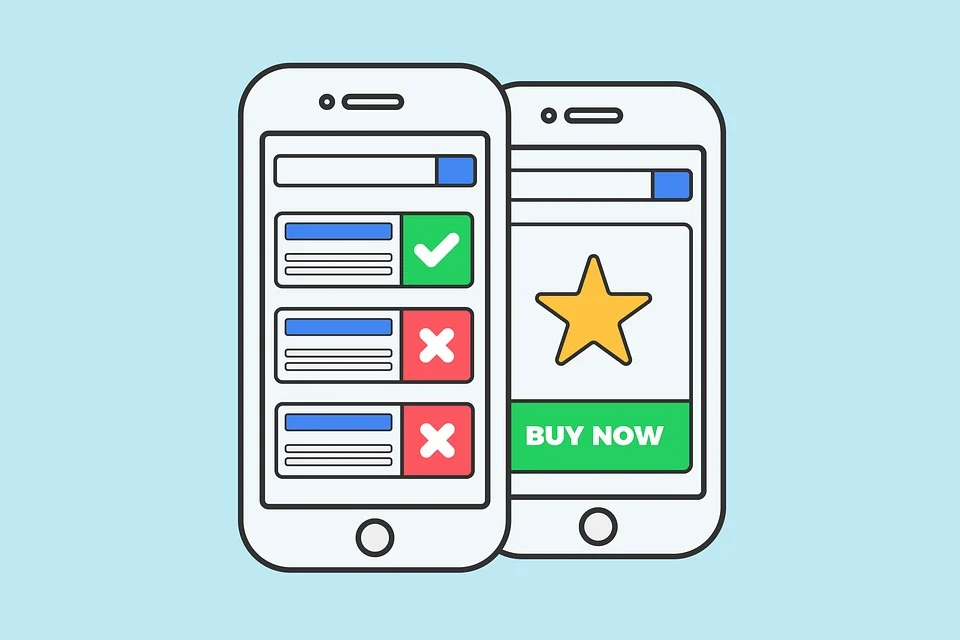Generating Local Leads for your Business

Now more than ever, customers want to know that they have local options when it comes to local, service-based businesses. Focusing on localized marketing keeps your online presence front and center for those who are looking for your services. It also helps cement your reputation in the community and become a cornerstone of your industry to customers in your community. Generating local leads is a dynamic, ongoing process that encompasses several marketing strategies that can be used on their own, but are much more effective when combined.
Local SEO
This is a blog post topic on its own, but to sum it up, there are a few fundamentals that go into gaining visibility in your local market. Keyword research helps hone in on the commonly searched words and phrases that begin a customer’s discovery journey. Think about what keywords you would use as a customer to find products or services like yours, and include locally-specific keywords as well.
Keeping your Google My Business profile updated and accurate is also another requirement for local SEO success. Your business name, address, phone number, and email contact are the minimum information you need on GMB but the more you can add, the better. Upload pictures of your work, post about new services or discounts, and change operating hours accordingly.

Local Content
Under the umbrella of local SEO is the creation of localized content that takes keywords one step further. Search engines love to see content (even beyond blog posts) that’s relevant for local customers, and localization can give you a competitive edge.
Create email newsletters, marketing videos, and even podcasts that create a connection with your business and your community. Look at website visitor insights to help give you a better visualization of what your target demographic is interested in and which communities are engaging more online. This will shape your local content and make it highly personalized.
Google Local Services Ads
Local Services Ads are paid advertising, but they carry a little more cache than other forms of paid ads. “Local Services ads help you connect with people who search on Google for the services you offer. Your ads will show up for customers in your service area, and you only pay if a customer calls you directly through the ad.”
These ads come with a Google Guarantee, which is a strong endorsement from the search engine giant. The ads even contain past customer reviews and ratings, which works hard to build trust and work to convert internet visitors to loyal, paying customers.

Geomarketing
Have you ever received a discount notification on the app for that fancy coffee shop right as you’re driving by? This isn’t a coincidence; it’s an example of geomarketing. Technology is being used on hyperlocal customers and the notification is triggered based on proximity to the business.
It’s easy and inexpensive to create an app for your business, and it offers the added benefit of being a channel for geomarketing. At the intersection of timing and location is this type of advertising, and reaches shoppers when they’re primed to be in a position to make a purchase decision.
Landing Pages
Think about all the times you search for local businesses using “near me”. Your customers (potential and current) are doing the same thing all day every day from their mobile devices, and your business website needs to show up in those search results. Creating localized landing pages are particularly important for franchises or multi-location businesses that cast a wide net with their service area.
Additionally, these local landing pages serve as a platform for hyper-localized content, along with being optimized for conversions from paid search ads. The best way to get local landing pages right is by working with a marketing pro that has a broad view of your overall marketing strategy and can include technical SEO strategies to truly optimize the page.
While this certainly isn’t the complete list of lead generation strategies for local businesses, they are easy-to-implement techniques that can offer quick results. For a long-term solution to growing your online presence and expanding your local visibility, get the help of an expert.
If you’re not sure how to set up your online advertising, a marketing consultant can help guide you through this process or handle it for you so you get great results. Schedule a consultation today.
The post Generating Local Leads for your Business appeared first on Cole Dalton.




Visit Our Office
Navigation

(314) 279-0600
| info@cole-dalton.com
|
710 N. Tucker Blvd Suite 503, St. Louis, MO 63101
All Rights Reserved | Cole-Dalton Marketing Services




